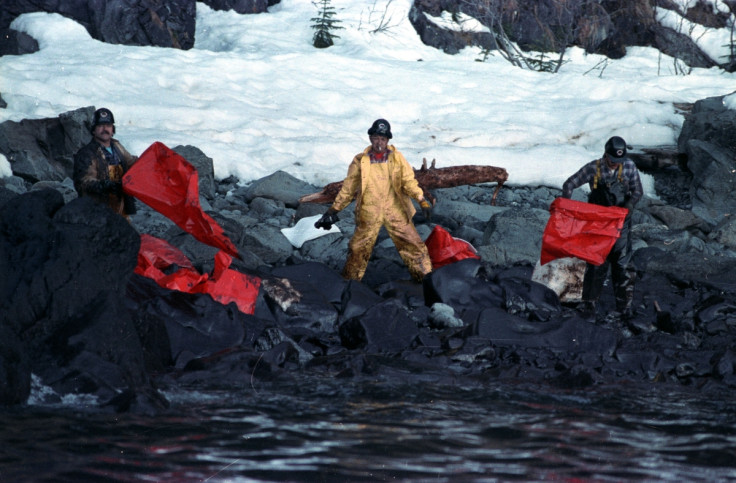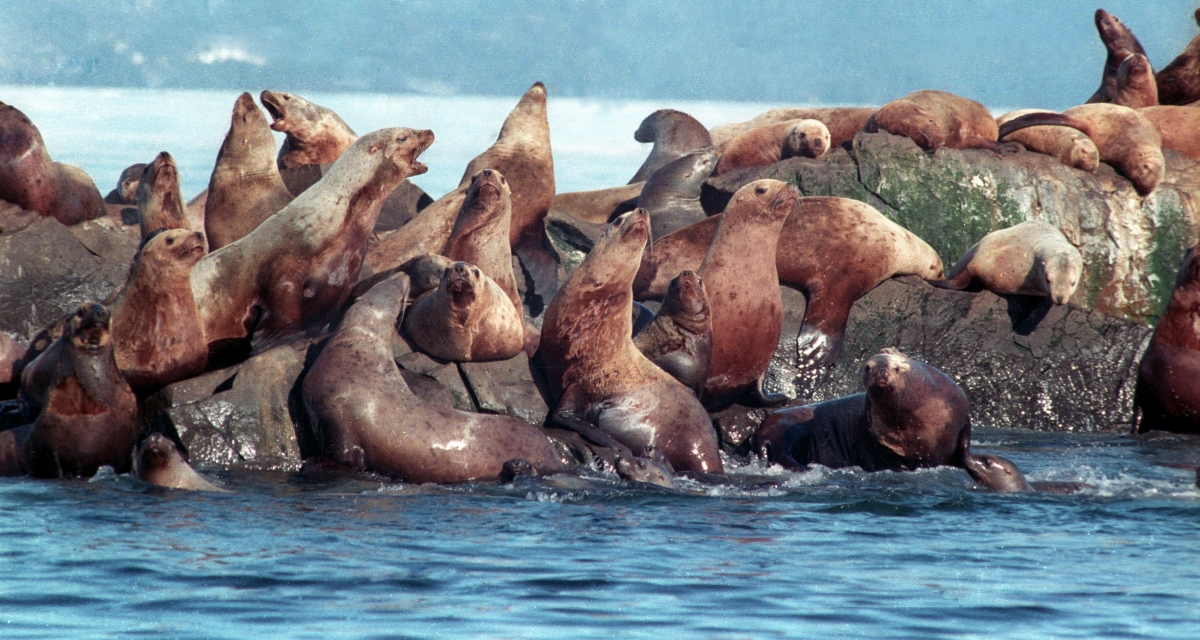Exxon Valdez Oil Spill 25 Years Later: Oil Still Lingers on Alaskan Shores

As the United States marked the 25th anniversary of the Exxon Valdez oil spill in the Gulf of Alaska on 24 March, scientists say that oil deposits still persist on some rocky shores.
In one of the world's worst environmental disasters, the Exxon Valdez oil spill in 1989 leaked 260,000 gallons of crude oil into the Port of Valdez.
The incident hugely affected wildlife in the region which is a habitat for herring, salmon, sea otters, seals and seabirds. Wildlife and sea life was decimated by the spill. And even today the sea otter population is still said to be still recovering, according to a 2010 study.
Twenty five years on scientists have found that oil still lingers on the Alaskan beaches, especially under stationary boulders, according to a study presented at an ocean science conference in Hawaii last month.
"Oil persistence is highly dependent on the stability of the boulder armours, some of which have remained intact for 20+ years," scientists noted in their findings.
They said following the oil spill from the California-bound oil tanker Exxon Valdez, oil has deposited on rocky shores of national parks in the Gulf of Alaska.
"Surface oiling has declined to very low levels while subsurface oiling continues relatively unchanged at four of the six sites. Deployment of passive samplers at two sites revealed that some oil constituents are moving into the water. At four sites, the oil is only slightly weathered."
According to scientists, the persistence of oil does not possess any threat but is an indication that after such a disaster, the environment needs to be monitored for decades.
Have a look back at the Gulf of Alaska after the oil spill in these archive photos.




© Copyright IBTimes 2025. All rights reserved.





















